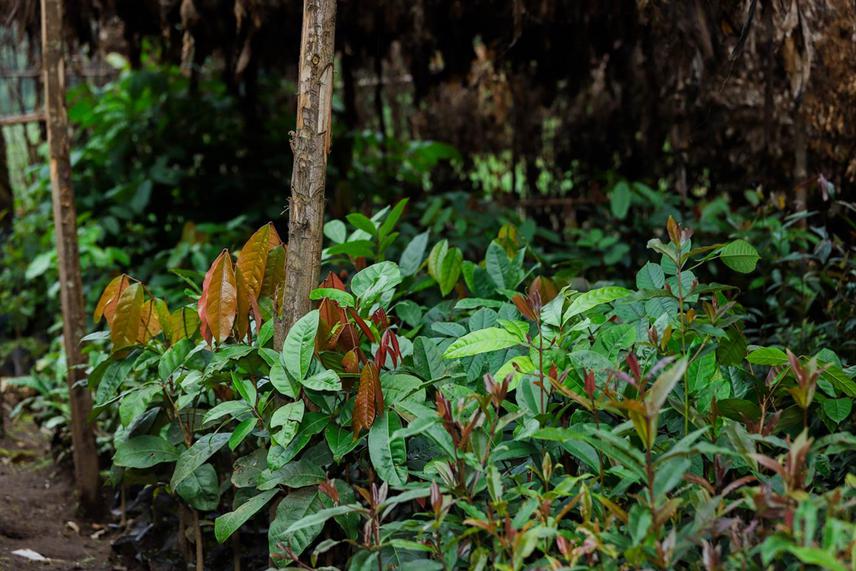Gaëlle Ndayizeye
Kibira National Park in Burundi is the home of many endemic and threatened species, but its conservation is a challenge. To contribute towards the conservation and restoration of this Park, I will (1) determine which indigenous multi-purpose tree (IMT) species are the most preferred by local communities (Bantu and Twa); (2) assess survival and growth of IMT in a nursery trial, (3) train local communities and Park staff on IMT cultivation techniques, and (4) plant the IMT in degraded areas of the Park for restoration and sustainable management of the forest.

View of seedlings after 15 months in the nursery trial
The project will be implemented in Kibira National Park, the second largest protected area in Burundi. It will last for 18 months.
Refugees and surrounding populations, with extreme poverty, have caused enormous damage to the forest. Poaching, timber harvesting, bamboo and firewood collection, as well as land clearing for farming remain major issues in this Park (Hakizimana, Huynen and Hambuckers, 2016). An important issue is the illegal exploitation of some trees, like Prunus africana (Betti et al., 2013) and bamboo.
This project will help surrounding communities learning how to cultivate important Indigenous Multipurpose Trees (IMT) that can be used as an alternative livelihood for local communities. It will also help to plant IMT in degraded parts of the Park, we hope to reduce the rate of degradation in the Park and therefore contribute towards its better conservation. Among the IMT species targeted there will be endangered species such as Prunus africana (VU), Ilex mitis (VU) and Harungana montana (VU).
This study will start with the fieldwork, then I will analyse focus groups data with Bantu farmers villages and Twa. The discussions will allow me to discover preferred IMT by local communities. Secondly, I will multiply IMT species in nursery for 6 months. Seeds will be collected from the Park. Every 2 weeks, I will analyse the growth of seedlings via measuring growth parameters. Then I will proceed to the seedling distribution and training with local communities and Park managers. Finally, I will restore degraded sites of the forest with Park staff.